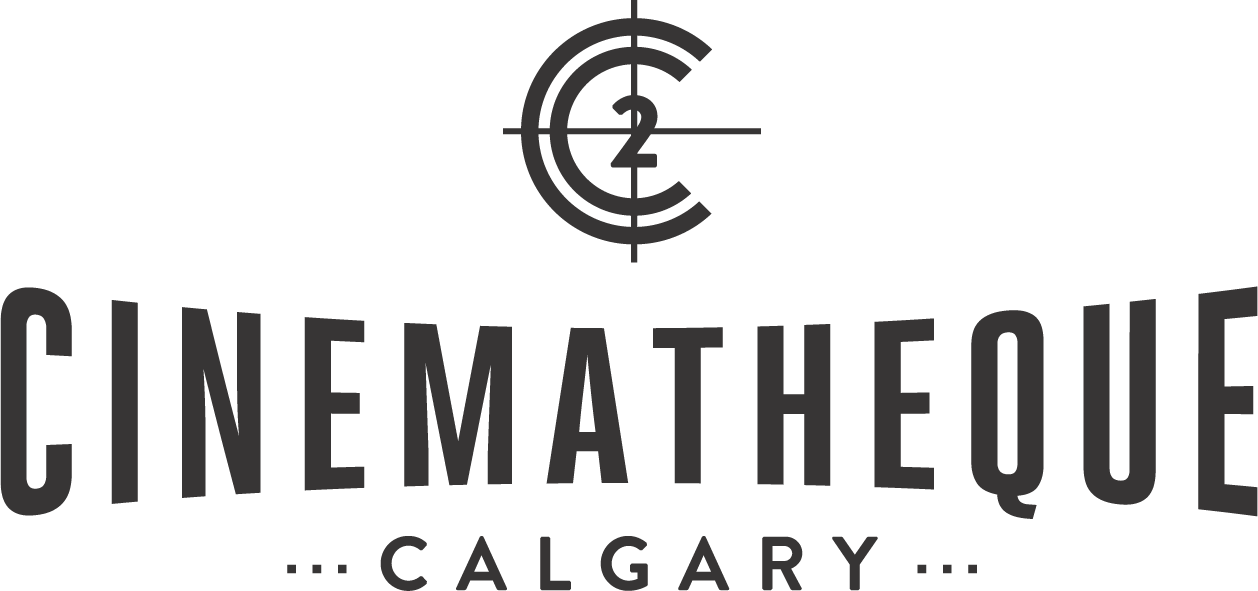Bigger than Life (Nicholas Ray, 1956)
Not unlike future television smash hit Breaking Bad, Nicholas Ray’s 1956 film Bigger Than Life, an exploding propane tank of a domestic Hollywood melodrama, tells the story of a hardworking, morally steadfast schoolteacher and family man (James Mason as Ed Avery) who becomes grievously ill at the outset, entering thereafter into what we might call a slide. Prescribed cortisone to treat a rare inflammation of the arteries, Ed, who has been working a second job on the sly and maintaining a false front, responds poorly to the corticosteroid, rapidly devolving into a paranoid brute pedagogue and outright fanatic.
Many films from this period appear to go through the motions of enlightening the audience with respect to evidently grave social issues of the day, the sort of thing for which the side effects of an insufficiently-vetted medication might serve a predictable purpose, but in the hands of infamously antiauthoritarian film director Nicholas Ray, whom none other than Calypso-singing cannabis early-adopter Robert Mitchum himself is purported to have called “the mystic,” this is a positively colossal and singularly unsettling demolition job on the moral and socioeconomic facade of midcentury American life.
Ray’s widow and former collaborator Susan Ray speaks of the “creative chaos” that would seem to have been the precondition for the life and art of her hellbent husband. The director’s leftwing politics and associations coincided with an ongoing ability to operate with uncommonly free licence; rumours persist that Howard Hughes kept him free of close scrutiny during the McCarthy purges. Substance abuse plagued Nicholas Ray, contributing to his death in 1979 at the age of sixty-seven. His final efforts as a filmmaker consisted of intimate, combative psychodramas made in collaboration with university students. The man was very much a bit of a mystic. In the posthumous book I Was Interrupted, Ray writes: “The grain of prayer must stir in a stream of feeling, and that right there may be the whereabouts of the bottom line of truth.”
The thoroughly designed and imperiously staged world of Bigger Than Life strives at every turn to earn its declarative title. A noteworthy instance: when Barbara Rush as spouse Lou Avery tells her husband Ed that to her he has always been ten feet tall, a cut immediately then gives us a low angle rainbow canvas of the ailing man, full width of CinemaScope and the hyperreal aura of three-strip colour, this phenomenon we are beholding meant to be differentiated in no uncertain terms from drab TV.
The lavish openness and ostentation of the interior domestic space, primary location in Bigger Than Life, incorporates innumerable tourist posters of faraway locales. Upward aspiring, nearly completely immobile. We do not have to be told that the pressure of not being able to live the commercial illusion, to own the real things and take the real trips, married to the revelation of the sudden imminence of death, is the anxious and readily comprehensible problem to which the audience is encouraged to extend some thought. This is not the first nor is it the last resonant Nicholas Ray film informed by personal pain. Look to earlier monochromatic testaments of oath the likes of In a Lonely Place (1950) and On Dangerous Ground (1951). The case of Bigger Than Life: the artist with the sensitivity to colour, decor, the nuances of dressing a set and a cast—a bit of a self-avowed impressionist, in fact, intent on integrating the coexisting visible elements—is largely engaged in those activities knowing full well that they are preliminaries for a howling exorcism.
-Written by Jason Wierzba
